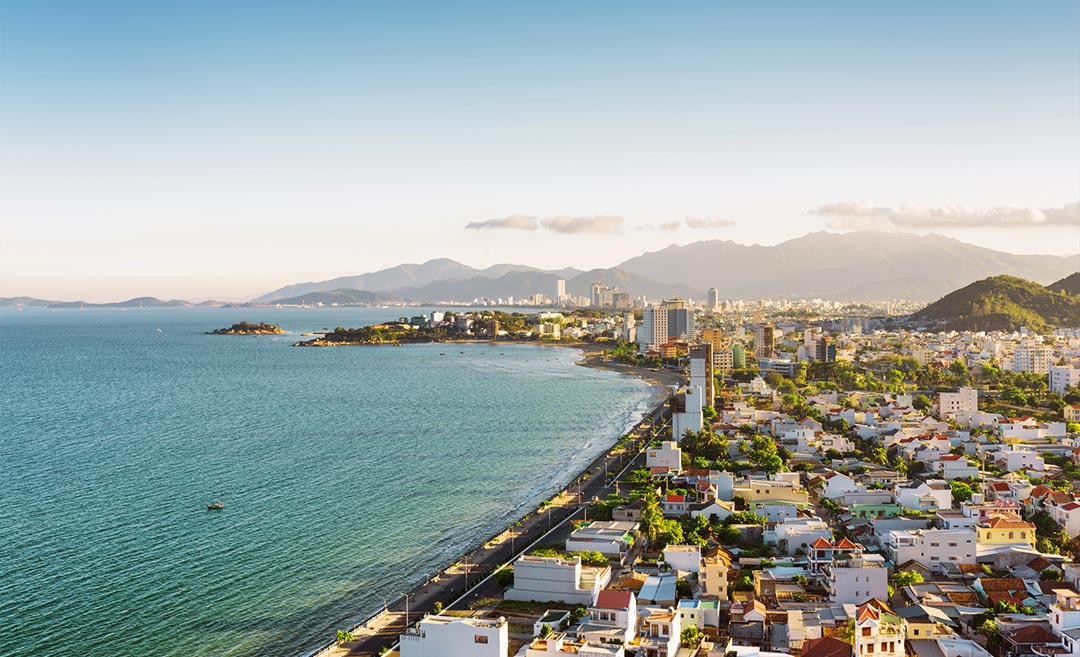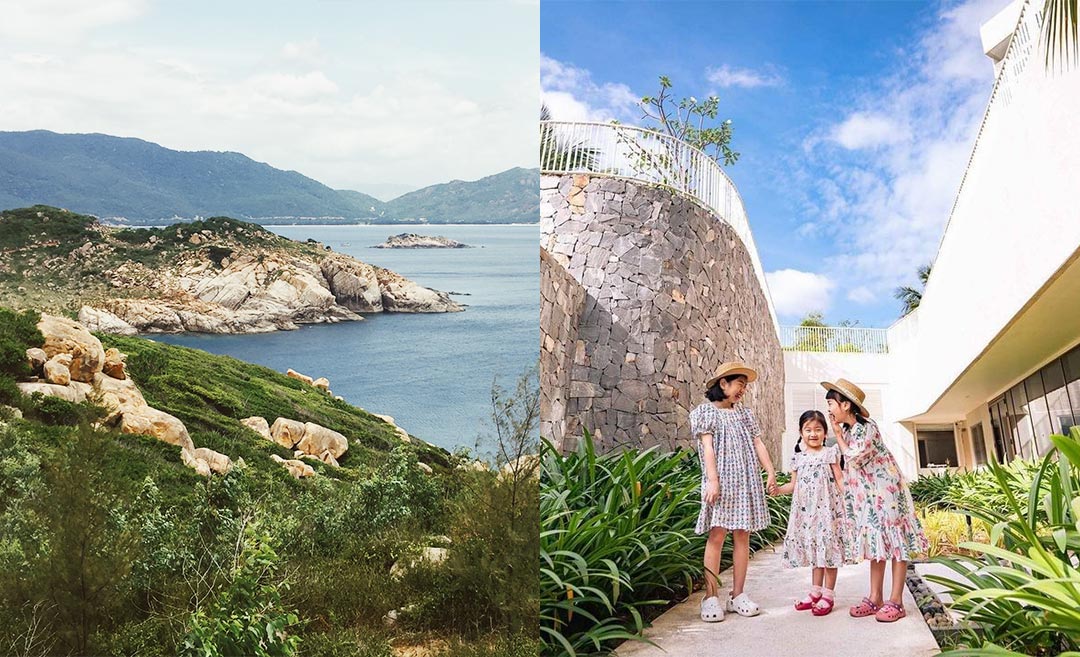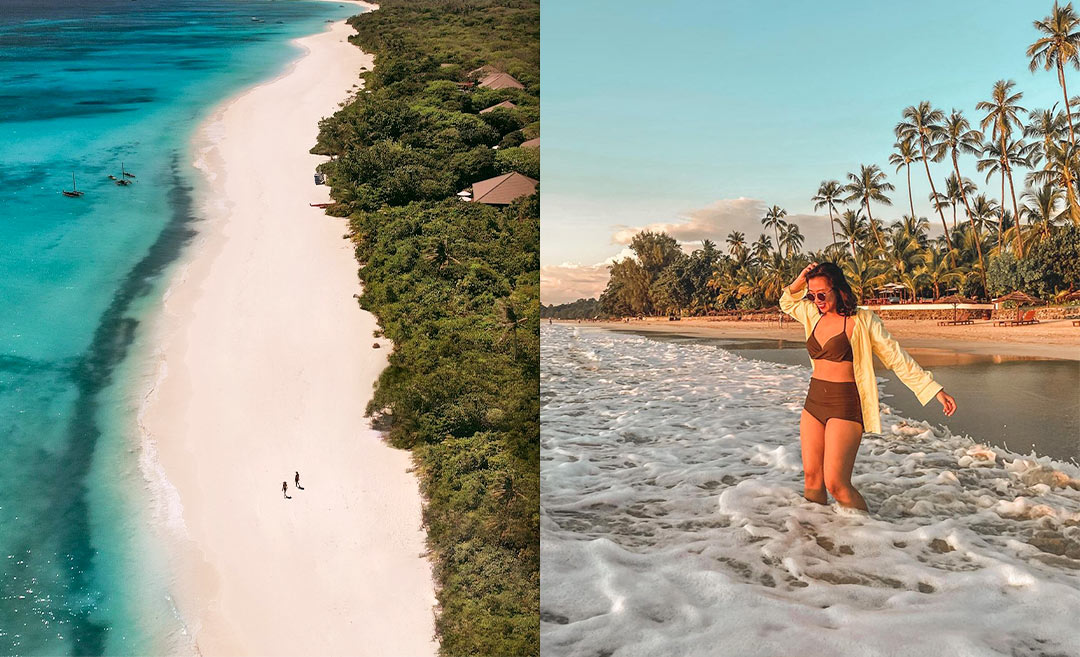While most travellers to the beachside resort of Nha Trang come to relax along the long stretch of white sand, some take the opportunity to step back in time to reflect upon the Cham Empire that once dominated the region.
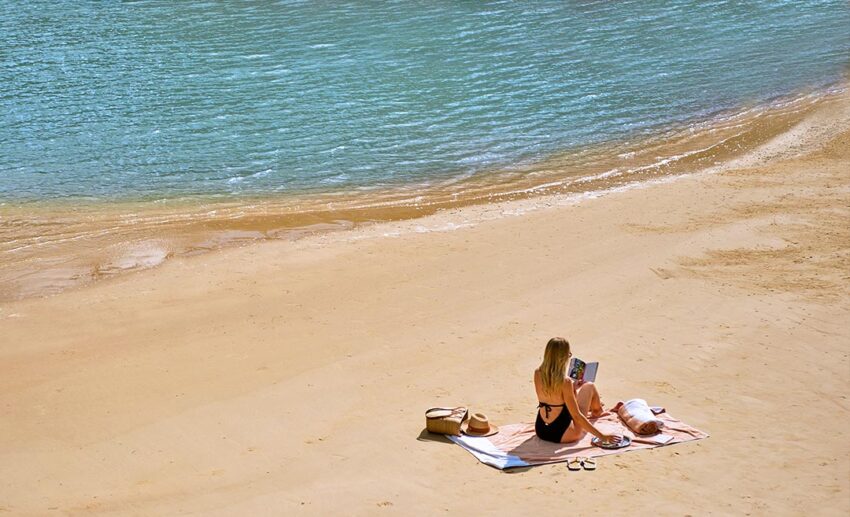
International visitors can fly directly into Cam Ranh, some 30km to the south of the city. Still, less than two decades ago, tourists to this part of the world landed at the military airport within the city limits. A 2004 tourist guide reference to Nha Trang describes it as: ‘a sleepy coastal town that sprouted from a fishing village, and the sights and sounds of watersports such as jet-skiing are not to be heard.’
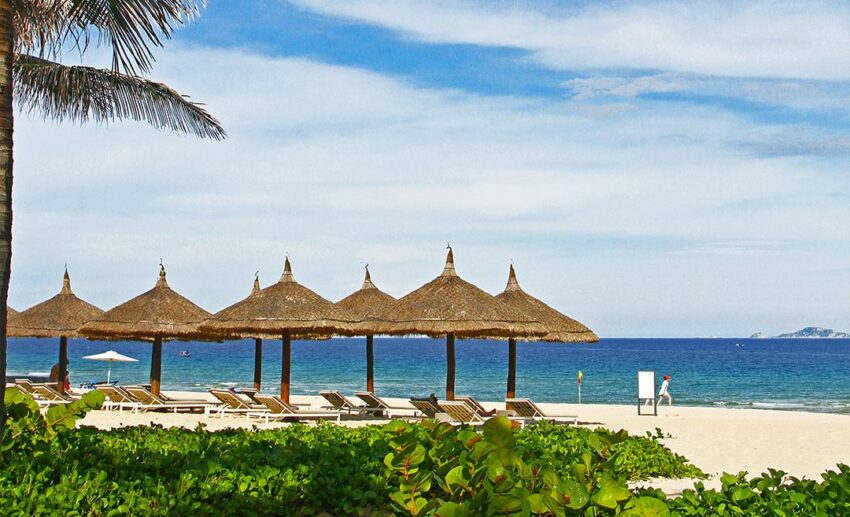
If there’s one thing to be said about Vietnam, it is rapidly changing, and the country’s ‘little holiday secret’ now attracts tourists from around the globe.
Comprehensive tourist facilities now include spas for relaxation, restaurants serving a smorgasbord of international cuisines, and shops selling Vietnamese handicrafts alongside designer labels.
Ancient kingdom: A sight to behold
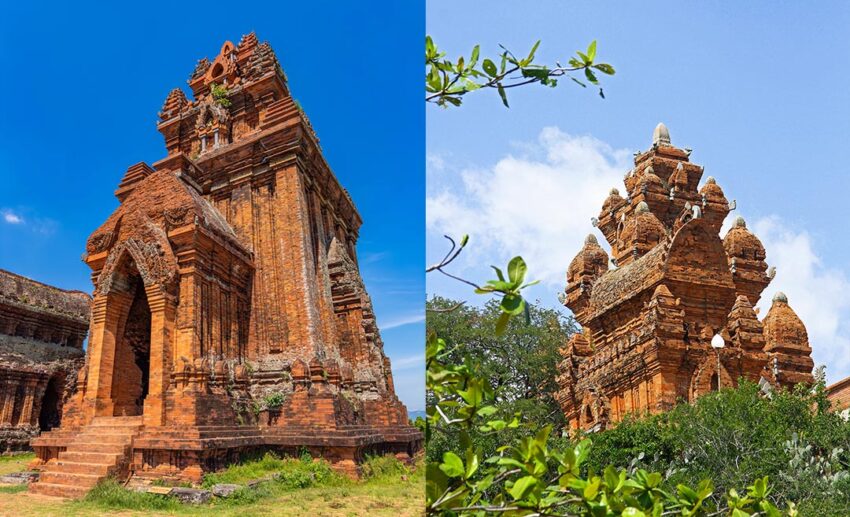
While Nha Trang has only been a holiday destination for two decades, it has a long history, with the Cham Empire having ruled from the 7th to the early 12th century. There are relicts of the Cham people in and around Nha Trang, with Po Nagar Towers located just north of the city and Cai River being the most significant site.
This Hindu kingdom flourished in Central Vietnam, and budding archaeologists can learn more by visiting Po Nagar, just north of the river, or Po Klong Garai Cham, near Phan Rang. The Cham people had a close connection to fishing offshore waters, and that tradition continues today, with most of the fleet moored near the mouth of the Cai River.
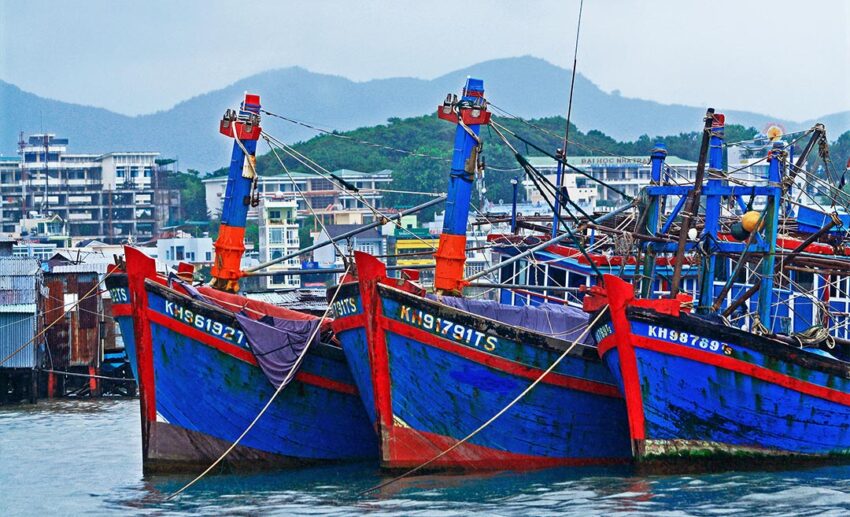
Beaches and islands: Sun, sea, snorkel
Most visitors travel to Central Vietnam to relax on the beach or visit several offshore islands. Nha Trang Beach is not dissimilar to many other Asian destinations with cafés, bars, massages, and the inevitable trinket sellers. However, many of those who visit the beaches are locals who also enjoy relaxing on the sandy expanse. Hotels hive off a section of the beach in front of their property and set up deckchairs and umbrellas while staff organise snacks and drinks.
A marine plan for the offshore Hon Mun Island Marine Protected Area (hon means island) has been developed. Clearly visible from resorts along the coast, islands such as Mun, Rom, Cau, and Vung are core protected zones where development and activities are limited.
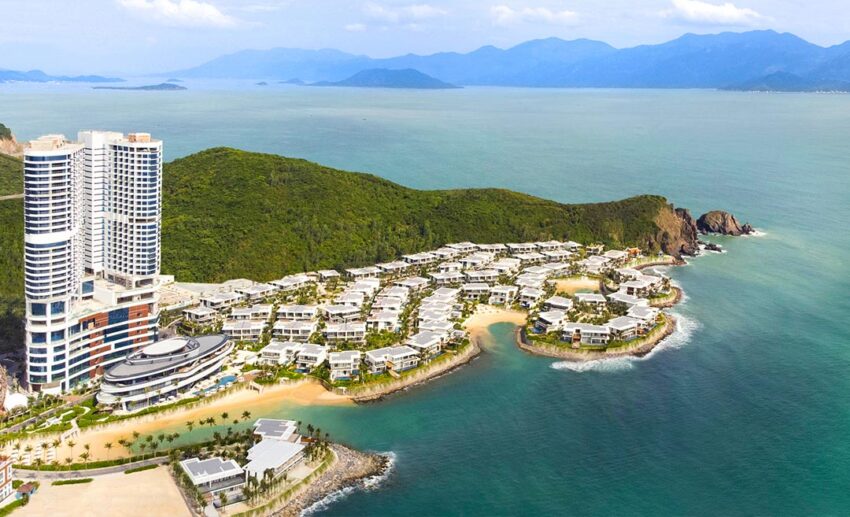
Diving is best around Hon Mun (Ebony Island), and responsible diving is the mantra in the protected area. Open water dive accreditation with theory, pool lessons, and several open water encounters is a rite of passage for many. Some respected operators include Rainbow Divers and Sailing Club Divers, with a three-day course and four open water dives being the minimum requirement for accreditation.
For the casual traveller, island hopping is recommended, as visitors can hire a boat or join a tour to visit several islands and beaches. Offshore waters are a marine playground, with parasailing, jet skiing, snorkelling, windsurfing, and wakeboarding available. Sea-walking (participants wear a helmet with air pumped in) is also offered.
Hon Tre is the largest island as well as the most developed, accessible by ferry or via a 3.3-km-long cable car ride. It is home to a vast entertainment, accommodation, and tourism complex, with Vinpearl Land Amusement Park offering activities like slides, pools, and rides that are especially popular with kids.
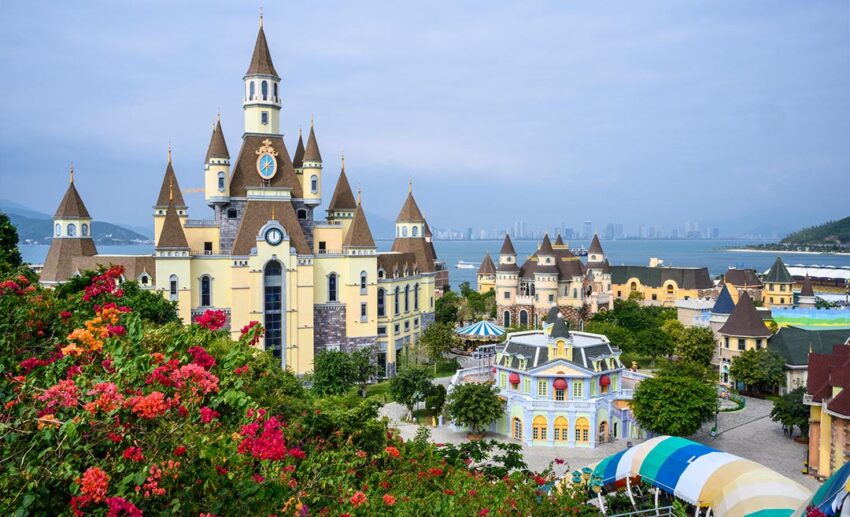
History & culture
Vietnam’s charm is in part due to the influence foreigners have had in shaping the country, with French colonialism, in particular, reflected in the architecture and the food.
It is also a country of numerous religions. While most identify as Buddhists, others are Christians, and the Christ, the King Cathedral Nha Trang of classic French Gothic design, is a dominant feature of the cityscape with its 40-m-high bell tower.
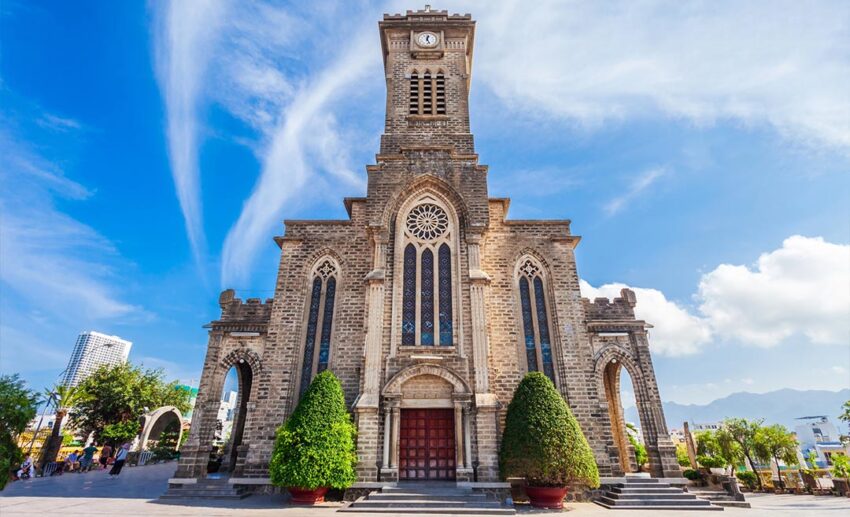
The Alexandre Yersin Museum is the former home of a scientist who worked under Louis Pasteur. Yersin, a Swiss-born doctor, developed a laboratory to manufacture a vaccine for the bubonic plague and identified Dalat as a hill station. The Pasteur Institute is responsible for vaccines and hygiene programmes, while the museum showcases his books, equipment, and letters to his mother.
Quiet resort living
The main Nha Trang beach has developed well beyond my memory from when I first visited. I was seeking a quiet resort, and my online search revealed the Villa Le Corail Gran Meliá, located on a private headland 15 minutes north of the city centre.
Having debuted last year, it is decked out with all the latest features. My one-bedroom pool suite was perfect as it covered a massive 215 square meters, including a large landscaped outdoor precinct with sea views, a private pool, and an expansive verandah.
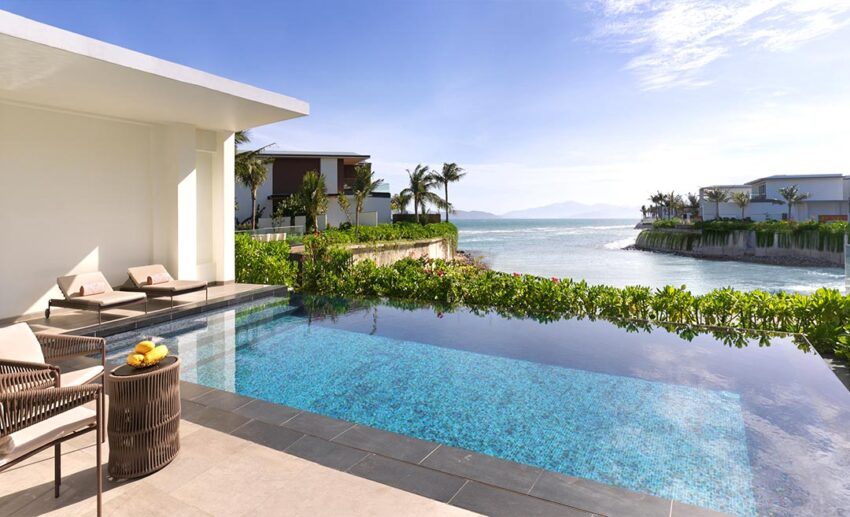
It was entirely private, and the 5:30am sunrise over the pool was dramatic. This is a resort to rise early, slip into bed early, and fully relax without needing to leave the confines of your luxurious room.
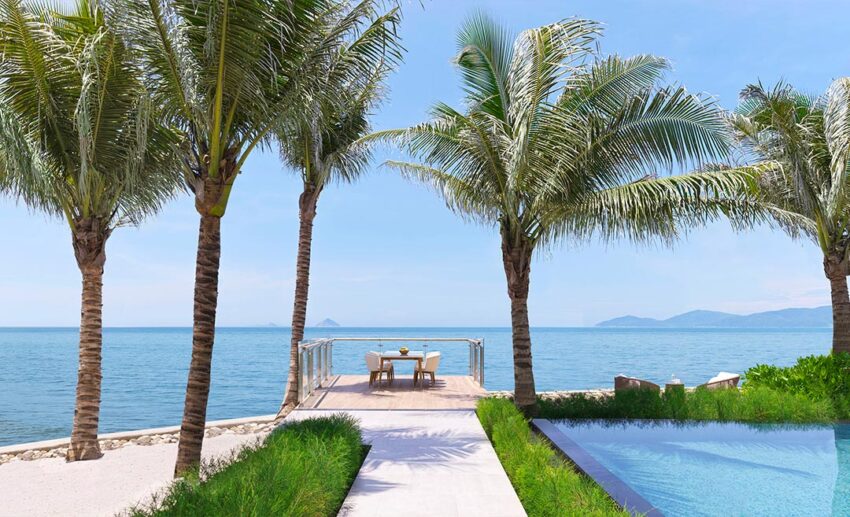
Savouring Vietnamese cuisine
Vietnamese food is acclaimed the world over, and Nha Trang doesn’t disappoint. Being the tourist destination it is, dishes from around the globe complement the delicious food.
Fishing is an important industry, with the main fleet moored in the sheltered river mouth of Cai River just below the famous Po Nagar Towers. Naturally, dining on fresh seafood is another good reason for travelling here, and visitors can see how fresh it is by visiting markets like Cho Dam (Dam Market).
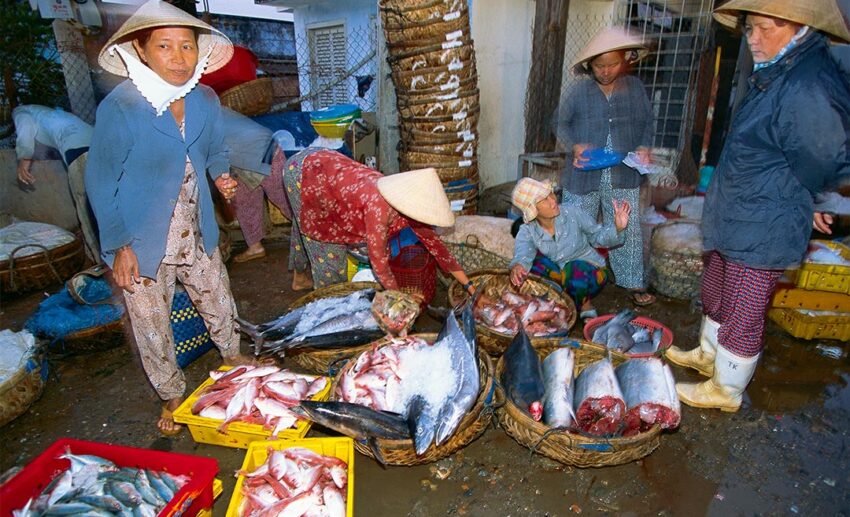
Strong local coffee (ca phe), brewed with an aluminium drip filter (a phin) resting on top of a glass, is the beverage of choice for most locals. White coffee (ca phe sua), served with condensed milk and ice, adds another dimension. Coffee is an important money-spinner for Vietnam, as it is the world’s second-largest coffee exporter after Brazil.
Some recommended restaurants include Galangal, a popular restaurant where diners rave about the banana flower salad, spring rolls, and cocktails befitting its seafront location. The Sailing Club Nha Trang combines fine local and Western comfort food with absolute beach frontage, chilled beverages, and a lively vibe. It morphs from a relaxed family venue to sundowner cocktails and then party central late in the evening.
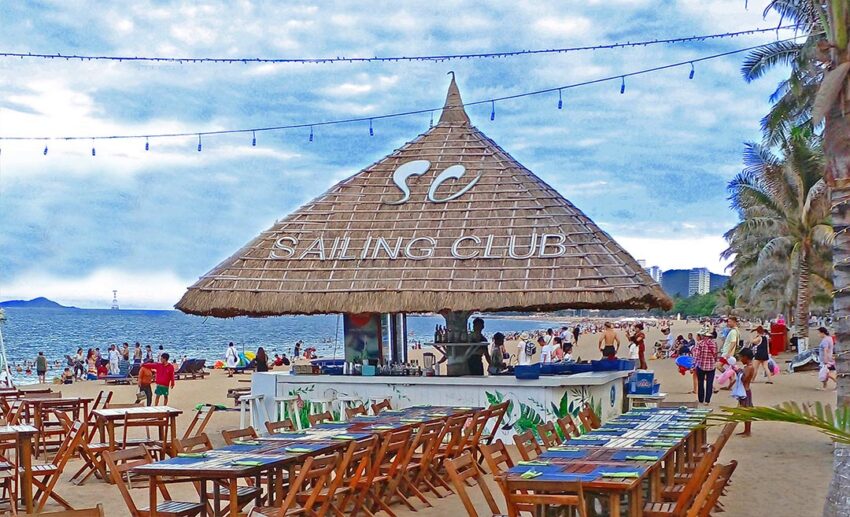
For something completely different, dine at Hispania at the Villa Le Corail Gran Meliá, where Chef Marcos Marán interprets signature Spanish dishes using local ingredients.
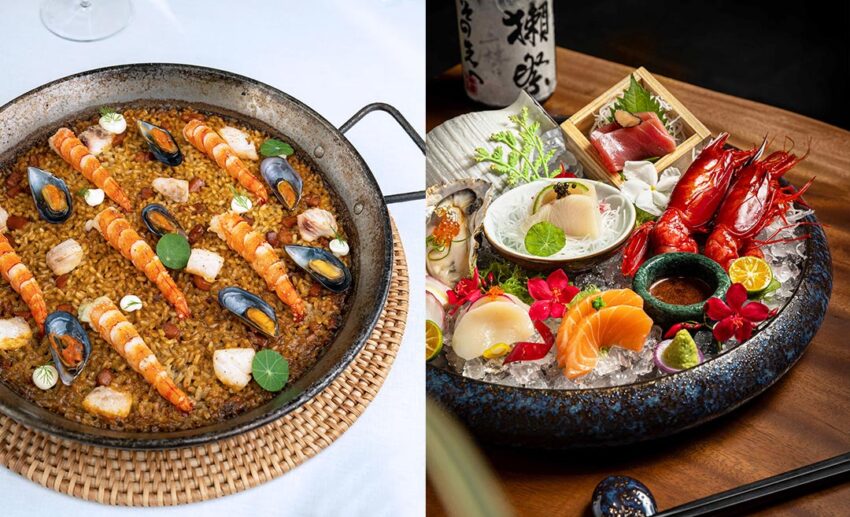
Meanwhile, in the Gran Meliá’s Shibui Restaurant, Chef Danny Yong sources seafood from the world’s finest markets to use in many dishes served in the outlet.
Visitors to Central Vietnam may want to visit both Nha Trang and Cam Ranh, with the latter having a long, near-deserted beachfront but with several large international resorts where guests check-in and chill out.
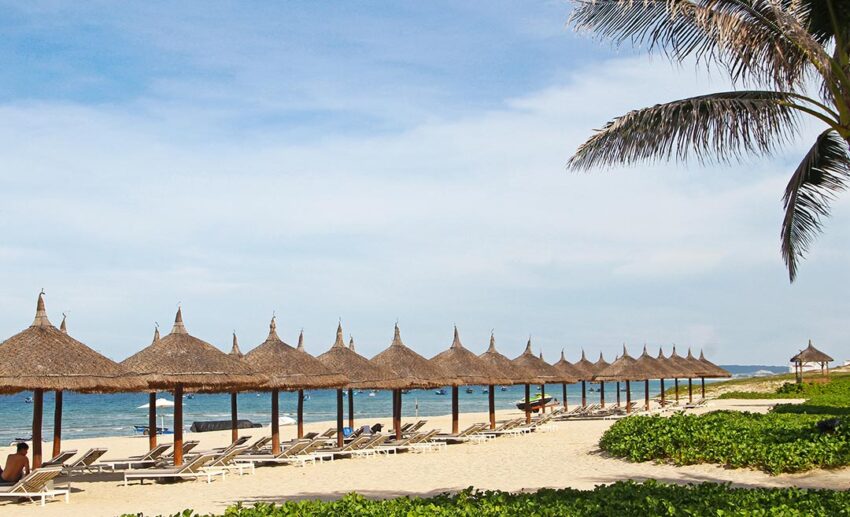
Nha Trang travel tips
Flying from Kuala Lumpur: AirAsia flies to Cam Ranh south of Nha Trang, although the destination is referred to as Nha Trang (airport code, CXR). Flights from Kuala Lumpur take just over two hours, and Vietnam is one hour behind Malaysian time. Cam Ranh is 30 km south of Nha Trang.
Where to stay: Villa Le Corail Gran Meliá offers beachside resort living just a few kilometres from the city centre.
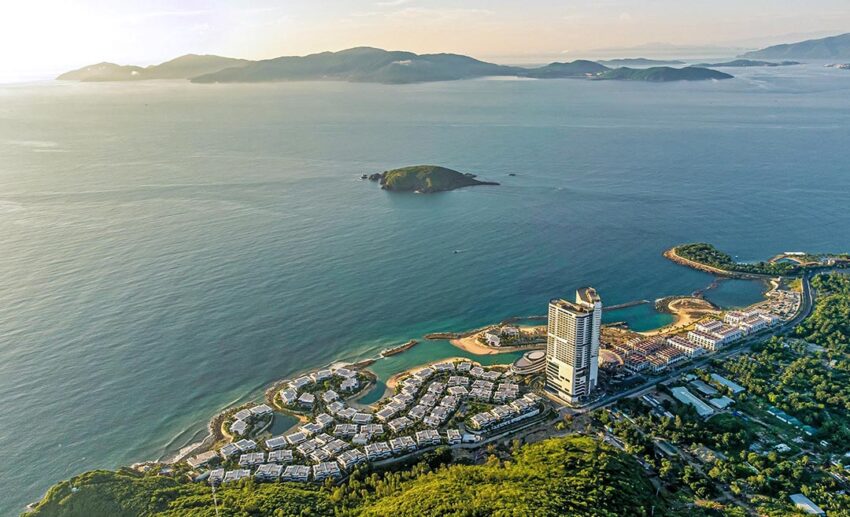
Visas: Malaysians don’t need a visa to visit Vietnam, while most other nationalities can obtain a visa by applying online at least three working days before setting off. However, those who require a visa should apply well in advance, two weeks if possible; otherwise, hefty last-minute visa rates (USD150) will be incurred. There is a USD25 charge for visa applications submitted to the official website.
Best time to visit: While Nha Trang is a year-round holiday destination with the peak season being July and August, the monsoon rain in November and December can put a dampener on things.
David Bowden is the author of the book Enchanting Vietnam, published by John Beaufoy of the United Kingdom, available throughout Vietnam and around the world.
All images are by author unless specified otherwise.

